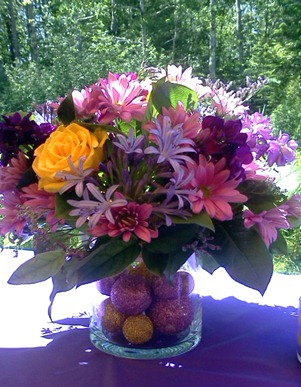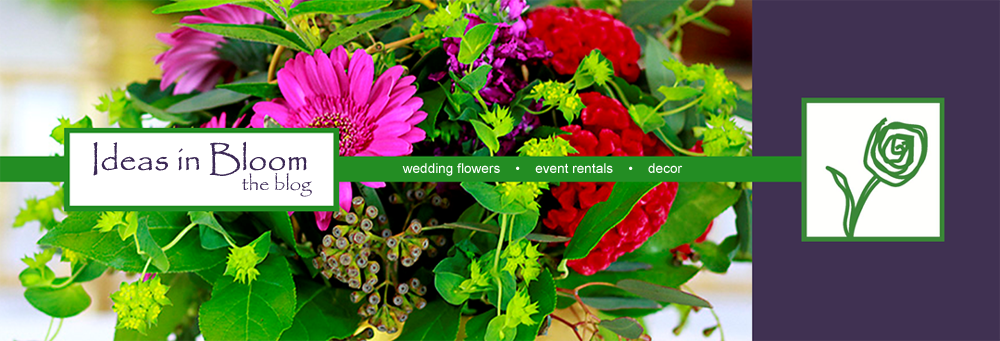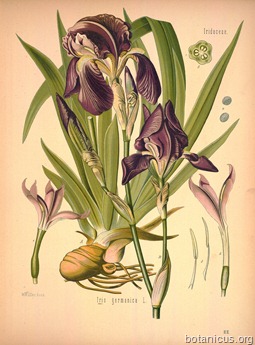
We all have our most favorite flowers. You know, the one you covet most on your list of loves. The one that makes you go weak in the knees and sigh with delight. For me, that’s the Peony. Their large, romantic blooms embody such grace and simplistic elegance that I can’t help but swoon in their presence. No others come close, though there is a long list vying for second place.
During their painfully short season (late spring/early summer – otherwise know as NOW!), I’m like a kid on Christmas morning; slipping my galoshes over pajamas and sneaking out of the house, all the while hoping no one sees me, to clip a few of the feathered flowers before I start my day. This morning I cut an extra few just in case the weather turns on us. Have you heard about these tornado warnings in NH and MA? What’s that about?!
I favor the “Double” flower type (so lush with petals!), but would also take any version. With well over 25 species, peonies can be classified by both plant growth habit (herbaceous bush or tree) and by flower type (Single, Japanese, Anemone, Semi-Double, Double, and Bomb-Double) - each category becoming more complex and numerous in the arrangement of petals. Herbaceous peonies die back in winter and springing from “eyes” in spring, while tree peonies lose their leaves and leave their woody stems to winter. The flowers range in shades of white to pink, red and even yellow.
The peony is named after Paeon, a student of Asclepius, the Greek god of medicine and healing. As goes many of the myths responsible for the names of some of our favorite flowers, this was a story of a relationship gone wrong. Asclepius became jealous of his pupil and Zeus stepped in to Paeon from his teacher’s wrath by turning him into the peony flower.
Well thank you, Zeus, for if it weren’t for you, I would be without my most beloved of blooms! I’ll soak up every last second of happiness they bring me before the summer heat ushers out their last flowers or before the tornadoes whirl them out of sight. I suggest you seek them out as well.
 This sizable bouquet was for a milestone birthday celebration. A big bunch of Viburnum created a base for tufts of Cockscomb plumes, yellow Roses and tall stalks of blue Delphinium.
This sizable bouquet was for a milestone birthday celebration. A big bunch of Viburnum created a base for tufts of Cockscomb plumes, yellow Roses and tall stalks of blue Delphinium. We also had a very special graduation party this weekend (so proud of my sis-in-law!). She’s off to Nazareth in the fall so we created arrangements in the school colors – purple and gold. To add a fun touch, glitter balls filled glass cylinders and the arrangements “floated” over them. Flowers: Yellow Roses, purple Agapanthus, purple Stock and purple Daisies.
We also had a very special graduation party this weekend (so proud of my sis-in-law!). She’s off to Nazareth in the fall so we created arrangements in the school colors – purple and gold. To add a fun touch, glitter balls filled glass cylinders and the arrangements “floated” over them. Flowers: Yellow Roses, purple Agapanthus, purple Stock and purple Daisies.

 Yikes! It’s been nearly a week since I last posted and this next flower is already making it’s retreat from the heat.
Yikes! It’s been nearly a week since I last posted and this next flower is already making it’s retreat from the heat.